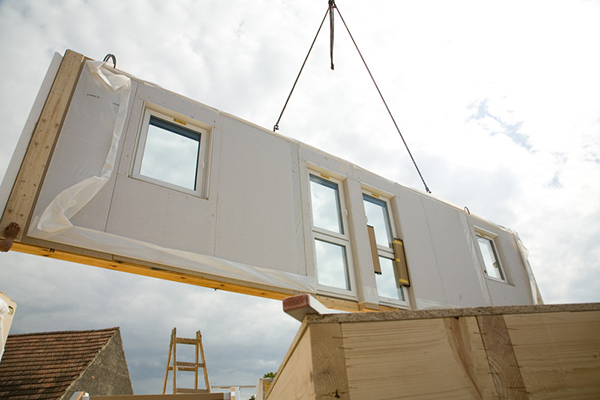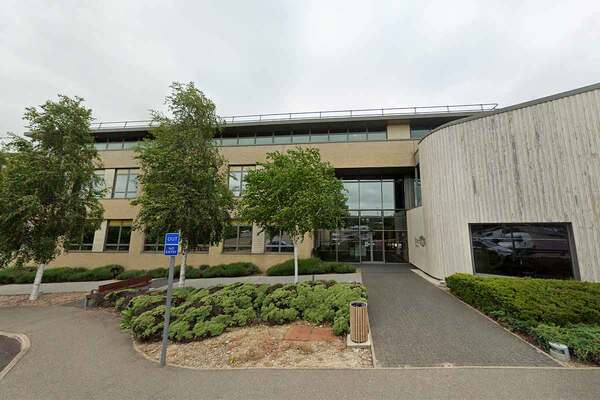You are viewing 1 of your 1 free articles

Matthew Gardiner is a former senior housing sector professional
In 2018 and beyond, don’t forget to build homes, not just houses
As technology progresses, housing associations must not make the mistake of prioritising construction over thriving communities, writes Matthew Gardiner
There are some strong signs that housing providers are starting 2018 in a better position than we could have imagined 12, or worse still 24, months ago.
It’s probably an exaggeration to say that we can be confident about the future, but only the most churlish would say that the sector’s stock with government has not risen in recent times, and that this at least provides the basis for some confidence to return.
The government’s support, though, is conditional on us stepping up to play our part in the challenge of solving the housing crisis.
“Only the most churlish would say that the sector’s stock with government has not risen.”
Like many others Trafford Housing Trust is taking bolder steps to deliver to deliver the ambition of more properties, more quickly.
With finances in place and with a growing number of joint venture partners on board with us, we are on target for the goal of building 2,000 properties in the 2017-2021 period.
Based on current projections, what we are building will need to last until the start of the next century – some 80 years away.
During that time, many people will call the shell of roof and walls that we build their home.
And thinking about homes and the lives within them over that extended time period, rather than the construction of the fabric of the property today, poses questions that go way beyond how many bedrooms should it have and what kind of bathroom tiles look good.
Pretty much all experts agree that in those 80 years we will, sometime, pass through the technological singularity – and into the age of exponential growth in superintelligence.
The consequence of this – and whether it is for the good, the harm or even the ultimate destruction of human civilisation – is contested, but when both Stephen Hawking and Elon Musk sign an open letter raising concerns, perhaps we should start to pay attention.
Everyone will make their own decisions about how much of this to take into account in what gets built now.
Some may go to the futuristic end of the spectrum, guessing what modern materials will stand the test of time and packing the homes with technology; others to the creation of something only designed to be short term, low cost and easily replaceable – the throwaway house. Containerisation may be the future, large-scale factory production by robots may be just around the corner; the build options are endless and limited only by our imaginations.
“What about the things that make not the house, but the home of the future?”
But what about the things that make not the house, but the home of the future; the things that turn the structure of a property into a space with positive emotional connections as well as a physical space?
As landlords, what is our responsibility here?
The trends of the past 20 years suggest that we have prioritised the transactional over the emotional.
Encouraged by government policy, we have reduced stability through offering only short-term tenancies; stretched low-income families through above-inflation rent increases; eliminated choice through ‘one offer’ only policies for those in the greatest need; stopped ‘going the extra mile’ for customers in the name of efficiency.
And have we always prioritised safety above all else?
2018 is here. Important though it is, we mustn’t fall into the trap of being overly distracted by our traditional focus on construction at the expense of environmental sustainability or thriving community.
A Social Housing Green Paper is coming.
Now is the time to put creating great homes, not just more houses, at its heart.
Matthew Gardiner, chief executive, Trafford Housing Trust












